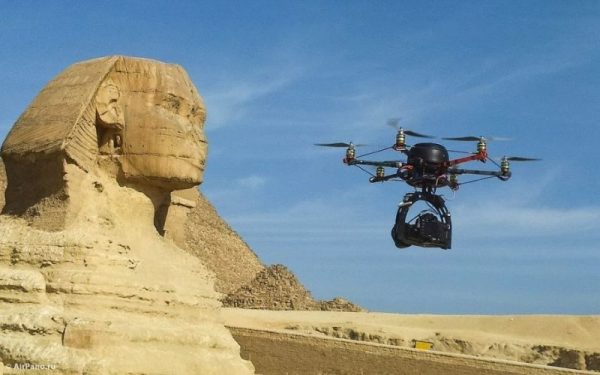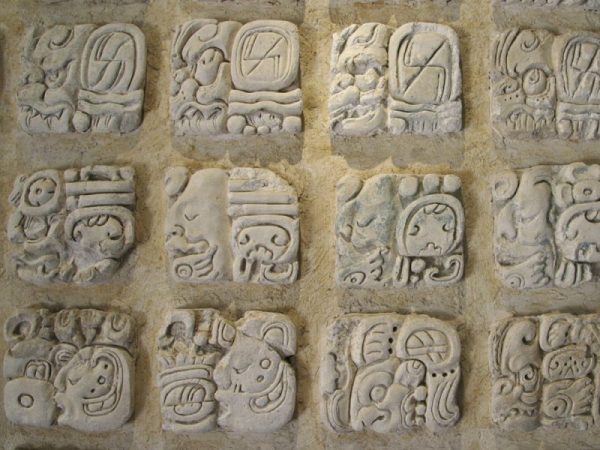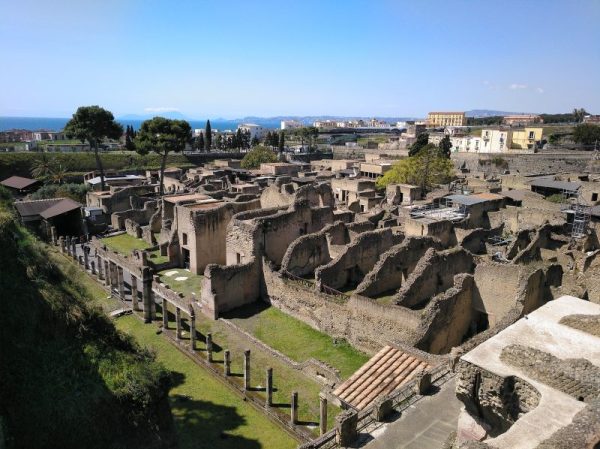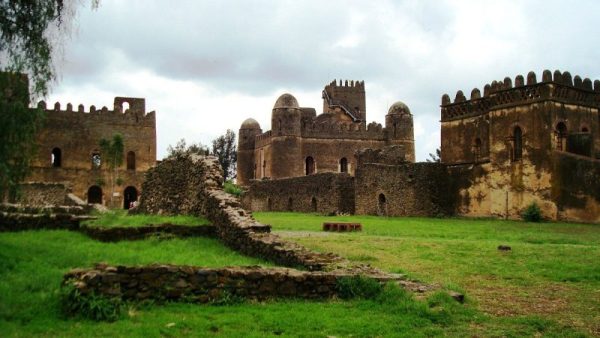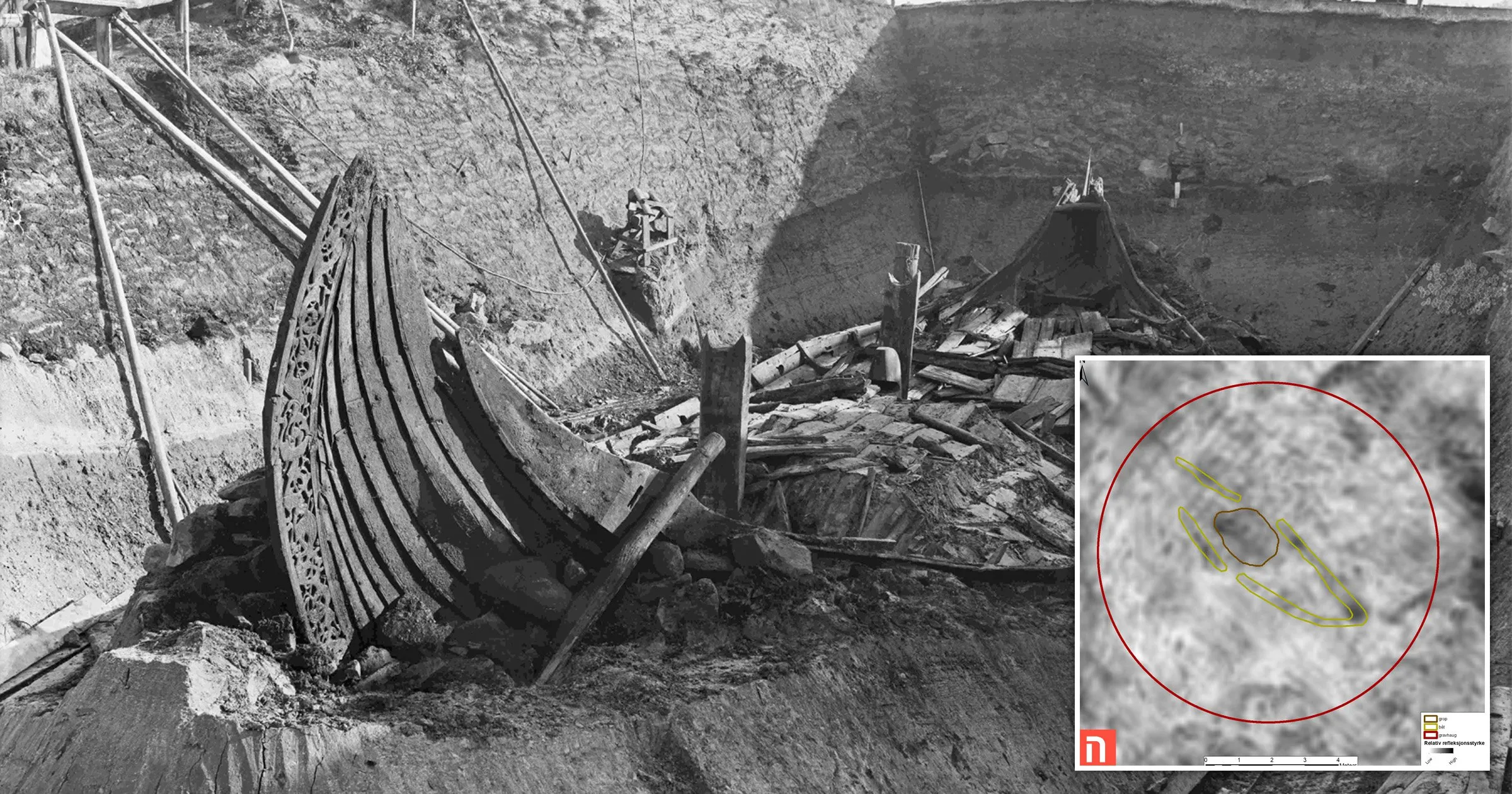Easter Island, a remote and enigmatic island in the vast expanse of the Pacific Ocean, is home to one of the world’s most captivating and enduring mysteries – the Moai statues. These colossal stone figures, with their solemn gazes and imposing presence, have fascinated explorers, historians, and inquisitive travelers for centuries. In this comprehensive exploration, we embark on a journey to unlock the enigma of Easter Island’s Moai statues, delving deep into their history, creation, and the enduring questions that shroud them in intrigue.
The Moai: Easter Island’s Iconic Enigma
The Moai statues, known as “mo’ai” in the Rapa Nui language, are the iconic symbols of Easter Island. With their distinct features and stoic expressions, they represent a profound cultural and historical legacy. These monolithic figures have long been shrouded in mystery, leaving scholars and visitors alike intrigued by their purpose and significance.
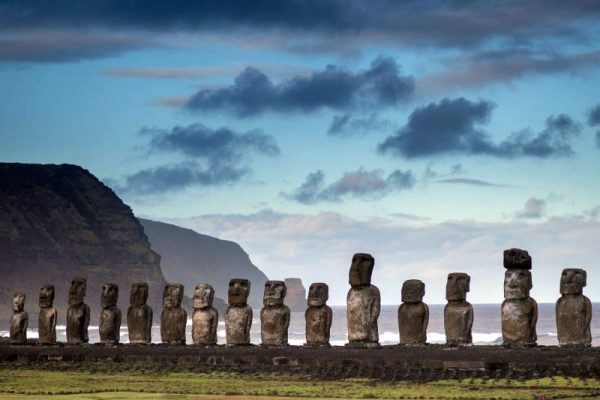
For the indigenous Rapa Nui people, the Moai were more than mere stone statues; they were sacred representations of their ancestors and powerful protectors of the island. Yet, as captivating as these statues are, their true meaning and the mysteries they embody continue to perplex and fascinate those who seek to unravel their secrets.
Carving the Giants: The Art and Craftsmanship
One of the most remarkable aspects of the Moai statues is the astonishing artistry and craftsmanship of the ancient Rapa Nui people. These master carvers, using stone tools and remarkable skill, transformed massive blocks of volcanic tuff into intricate statues. The process of carving the Moai was not only a feat of physical labor but also a profound expression of cultural identity and spirituality.
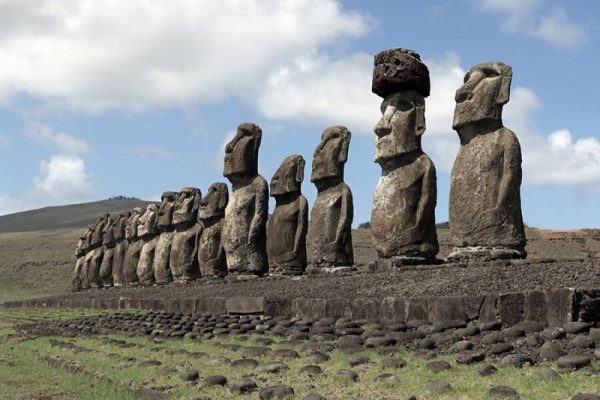
The carving process was a meticulous endeavor. Rapa Nui artisans used a combination of stone chisels, basalt adzes, and obsidian flakes to shape the volcanic rock. Each statue was meticulously carved, with features finely detailed to represent the individuality and significance of the ancestor it portrayed.
Intriguingly, the Rapa Nui people didn’t just create the Moai; they invested them with “mana,” a spiritual essence believed to give these statues power and significance. It’s a testament to the deep connection between art, culture, and spirituality in the ancient Rapa Nui society.
The Journey of the Moai: Transportation and Erection
The mystery deepens as we delve into the logistical challenges of moving the colossal Moai statues across Easter Island. How did the ancient Rapa Nui people transport these massive stone figures from the quarries to their final destinations on ceremonial platforms known as “ahu”? What engineering marvels were employed to erect these imposing statues, some of which weigh as much as 80 tons?
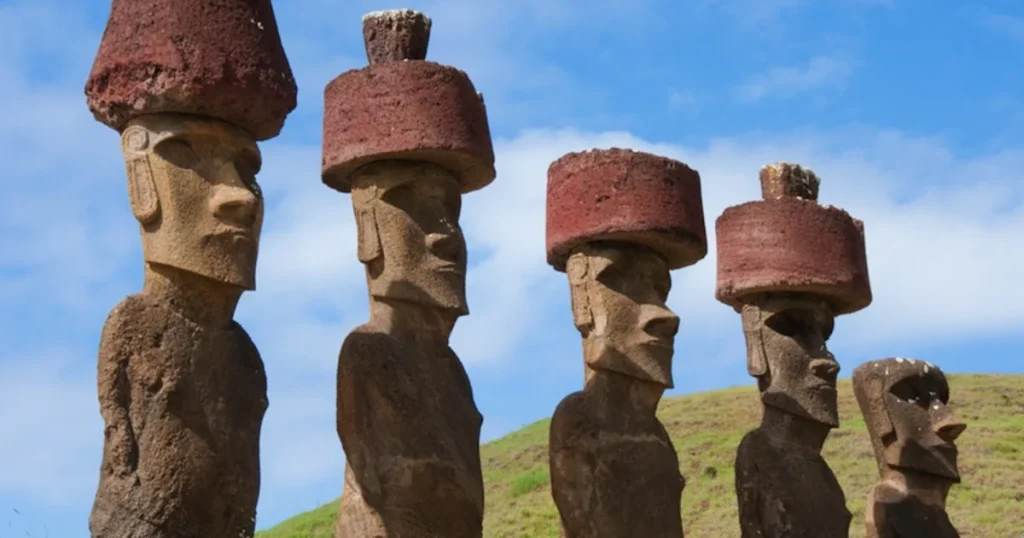
One prevailing theory suggests that the Moai were transported using a method called “parbuckling,” where the statues were rocked forward and backward, allowing them to “walk” to their designated ahu. This process, although labor-intensive, would have been possible with the cooperation of many people.
Another fascinating aspect of Moai transportation is the use of specially constructed sleds and pathways lined with stones, which facilitated the movement of these colossal sculptures. The ingenuity of the Rapa Nui people in overcoming the immense challenges of transport and erection is a testament to their engineering skills.
Easter Island’s Moai Statues: Theories and Controversies
The purpose and significance of the Moai statues have sparked numerous theories and controversies over the years. Were they primarily religious idols, representing deified ancestors and protectors of the Rapa Nui people? Or did they serve as markers of political power and social status? Some theories even suggest that they might have played a role in celestial navigation.
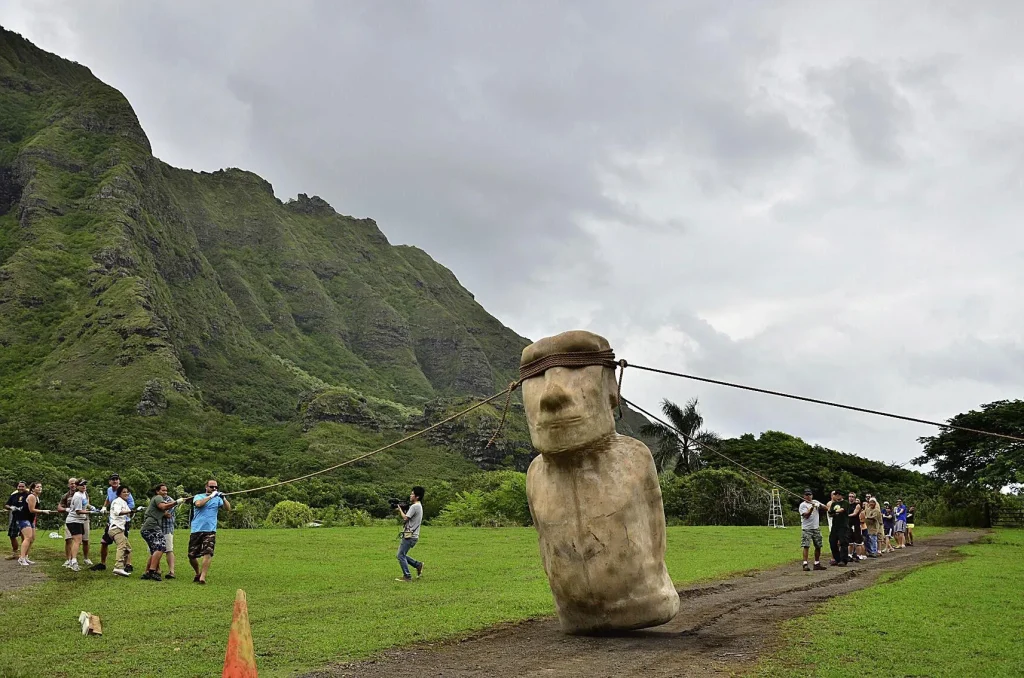
One of the most debated topics surrounding the Moai is the societal and environmental impact of their creation. Some theories argue that the construction and transportation of these statues contributed to deforestation and soil degradation, possibly leading to societal collapse. However, these debates continue to evolve as new research emerges.
The controversies surrounding the Moai extend beyond their purpose and impact to include issues of repatriation, cultural preservation, and responsible tourism. Easter Island’s delicate ecosystem and cultural heritage necessitate careful consideration and stewardship.
Easter Island’s Moai Statues: Preservation and Conservation Efforts
While the Moai statues have withstood the test of time, they face modern challenges, including erosion, vandalism, and the impact of climate change. The Rapa Nui people, together with international organizations and scholars, have undertaken significant efforts to preserve and protect these ancient treasures.
Conservation initiatives focus on stabilizing and restoring the Moai, often involving meticulous work to repair and reconstruct damaged statues. Preservation efforts extend beyond the statues themselves to include the ceremonial ahu and the surrounding environment.
Additionally, responsible tourism practices have been promoted to minimize the impact of visitors on Easter Island’s fragile ecosystem and cultural heritage. Sustainable tourism ensures that future generations can continue to appreciate the Moai in their natural context.
The Enigma Unraveled: Recent Discoveries
In recent years, archaeological discoveries and cutting-edge research have brought us closer to unraveling the mysteries of the Moai. Modern technology, including LiDAR scanning and drone surveys, has provided new insights into the island’s ancient civilization and the landscape that shaped the Moai.
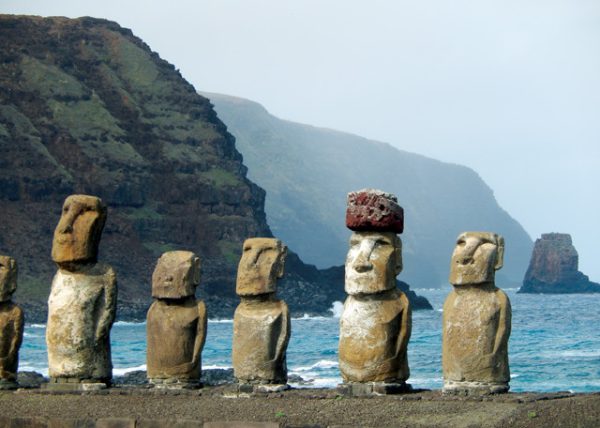
One significant discovery involves the uncovering of underground “body” statues, revealing that the Moai are not just heads but full-bodied figures buried up to their shoulders. This finding has challenged previous assumptions about the statues’ form and purpose.
Interdisciplinary research efforts have also shed light on the societal complexity of the Rapa Nui people and their resource management strategies. Scholars now recognize the importance of understanding the context in which the Moai were created and erected.
Conclusion
Easter Island’s Moai statues continue to stand as silent witnesses to a civilization shrouded in mystery. Their enduring allure, profound symbolism, and the questions they inspire serve as a testament to the enduring power of ancient art and culture. As you journey through the enigma of the Moai, consider the importance of preserving and respecting these ancient treasures, ensuring that their legacy endures for generations to come.
In the heart of the Pacific Ocean, the Moai statues remain both a symbol of Easter Island’s cultural heritage and a testament to the enduring curiosity of humanity. The enigma lives on, waiting for future generations to uncover more of its secrets and add to the rich tapestry of knowledge about these captivating stone giants.
